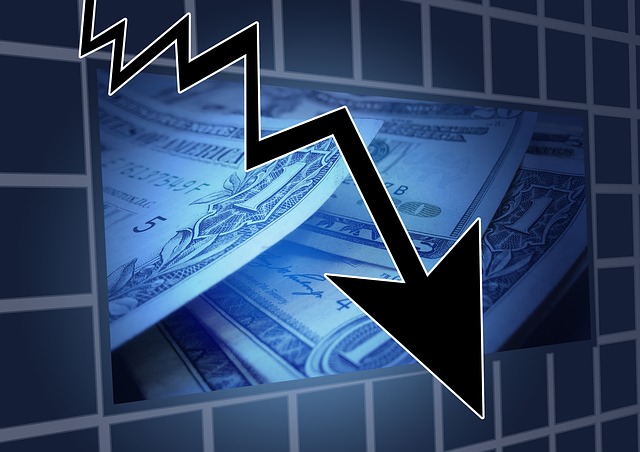State Street SPDR ETFs: Is it worth investing in small and mid-caps around recessions?

Global growth is slowing and the US economy is no exception as the impact of tighter policy becomes clear. The broad expectation is that recession in the US is not inevitable but quite probable, with consensus suggesting a 65% probability of recession later this year and -0.5% growth in Q3 and Q4.
If a recession materializes, it will likely be shallow and relatively short. In any case, the US economy should bottom out over the next few months. For that reason, we examined how small and mid cap equities have performed on a relative basis versus large caps during past recessionary periods. We have based our analysis on the past six recessions, spanning 45 years, for the Russell 2000 Index and past three recessions, or 25 years, for the S&P MidCap 400 Index.
Historically, on average the best time to invest in small and mid caps was approximately three to four months into the recession and to hold these exposures for the next one to three years. This timeline would bring the strongest returns relative to investing in large caps.
At first glance, it may sound counterintuitive that investing in smaller, more risky companies during the slowdown can yield such results. However, markets are not exactly the economy and investors understandably always look forward, trying to price in the economic outlook, assess risks and opportunities, and position accordingly. On the one hand, investing too early may bring pain coming from cracks in the economy, but investing too late may result in missing a rally as markets can move quickly once the skies clear, risks become known, and investors position accordingly.
Initially, the rebound in small caps in particular has historically been preceded by the outperformance of large caps in the beginning of the recession as investors took a more defensive posture. Interestingly, in the current cycle this may be exactly what we have observed since February.
The regional banking crisis and the debt ceiling issues justified volatility but both challenges were resolved in an elegant manner. The regional banking crisis was answered with a guarantee on the deposits of distressed banks and, more recently, debt ceiling disputes were resolved before 5 June, preventing spillover of negative consequences into the real economy. In this environment, the key risk is that high interest rates break something – but we may not know what it would be in advance. Smaller, more domestically oriented companies are naturally sensitive to such challenges, as we observed over the past several months.
For that reason, the resolution of the regional banking crisis and debt ceiling issues are pivotal. Resolving these challenges helped not only to mitigate current risks but also to demonstrate that if new headwinds appear, the US government or another US institution will act responsibly. This may also turn out to be a catalyst that could allow small and mid caps to start outperforming larger stocks, as observed during past recessions. Looking at performance in early June, the initial signs are encouraging.
Figure 2: Average Returns of US Small and Mid Cap Equities Over S&P 500 During Past Recessions
Krzysztof Janiga, Senior Equity ETF Strategist at State Street SPDR ETFs:
'We are in the period of slowing growth with potential technical recession followed by a rather gradual recovery. The positive element is that disinflationary forces are in motion, with supply chain pressures easing significantly. Headline CPI fell to 4.0%, the lowest reading since March 2021. Interest rates may have peaked but, in any case, we will need to wait at least several months before the Fed starts cutting rates.
What is arguably the most important element of the US economy for the small and mid cap story is the remarkably strong US consumer. Interest rates have been rising for more than a year and monetary policy has worked – inflation is moderating. This outcome was achieved without destroying the labour market, which is as strong as ever, and unemployment sits at 3.7%, which is one of the lowest readings since 1969.The extremely low unemployment is not the only sign of consumer resilience in the US. Job openings recently surged to 10.1 million (or well above estimates), PCE has been robust at +0.4% and wage inflation is +0.3%; these are signs of a resilient US consumer.
Against tight monetary policy and economic slowdown, the resilient US consumer is pivotal to small and mid cap companies. Of note, 82% of revenue for companies within the Russell 2000 and 76% of revenue for companies within the S&P MidCap 400 is generated within the US. Forthat reason, the resilience of the labour market is important for smaller companies to thrive, even during periods of economic slowdown.'










